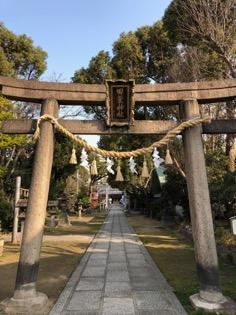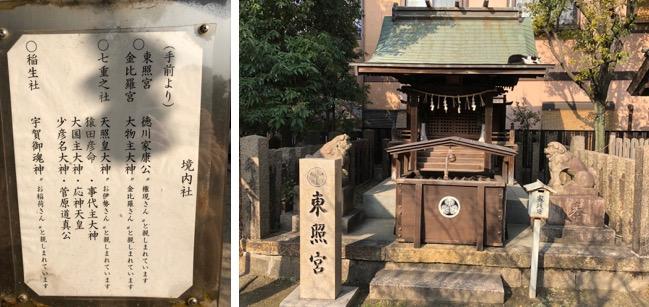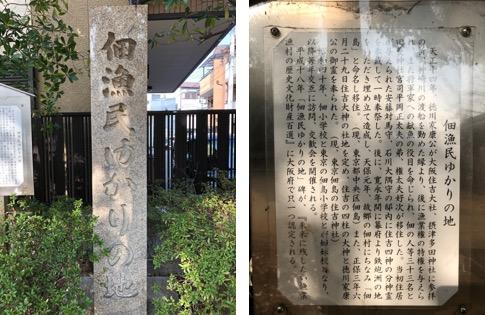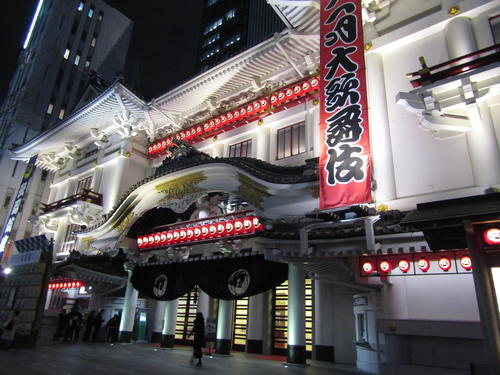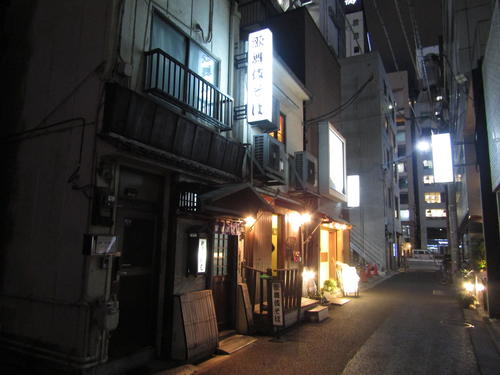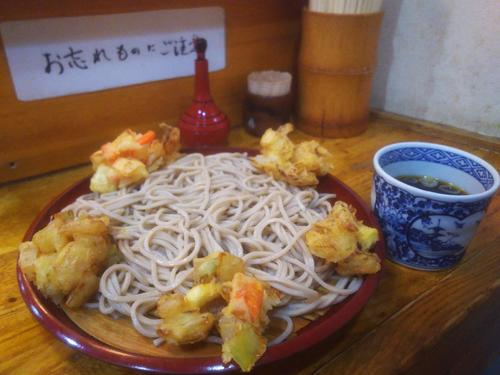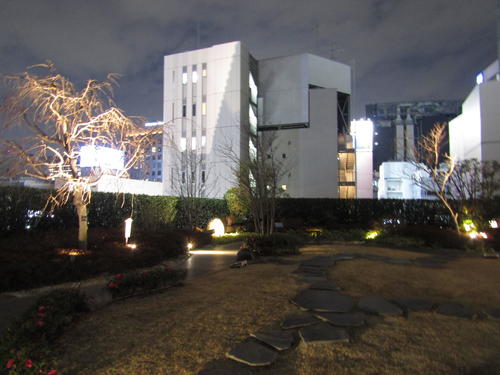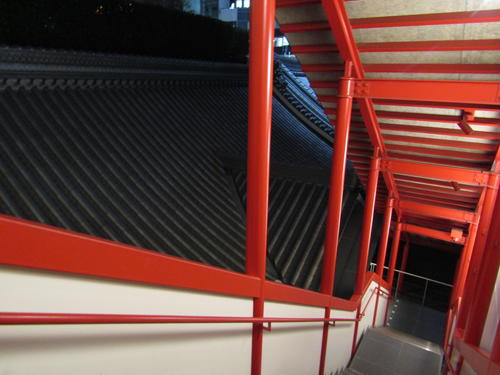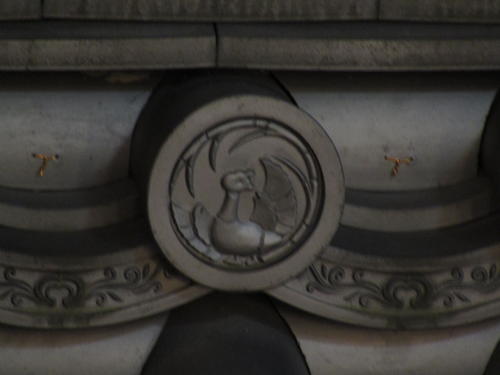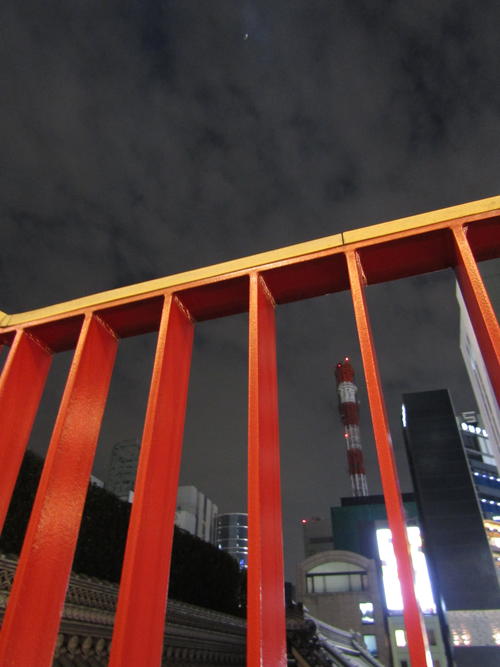This is Edamame, a correspondent with children.![]()
Last time → /archive/2019/02/11-15.html
Two times before → /archive/2019/02/11-14.html
And continue to do so.
From the "11th Chuo-ku Tourism Certification" conducted on February 3 (Sun)
I would like to take up the problem you care about.
Q26 Near the north entrance of Tsukiji's National Cancer Center is related to the Navy.
There are two monuments lined up.
One is the stone monument of "Navy Military Medical School Ruins", but the name of the other monument is
Which of the following is it?
A. The birthplace of the Navy. The ruins of the warship training center U. Monument of Naval Accounting School The site of the Naval Army Dormitory
≪An excuse for Edamame≫
Actually ... When I was studying to become a correspondent (end of 2016)
It seems that ![]() the area near the north entrance of the National Cancer Center was under construction
the area near the north entrance of the National Cancer Center was under construction![]() .
.
I couldn't see the two monuments here ...
And at that time, I put azuki (one and a half years old at that time)
Because I was traveling around the city while pushing a stroller
I don't have the courage to go into a dangerous place.
※Another one of my tsukkomi※
I should have seen exactly where there is other than the right choice.
It must have been done by the erasing method!
・・Yeah. Reflection.
But this is "Go to Tsukiji again!"
Let's go, thinking that it is God's word.
A. The birthplace of the Navy
・・While saying, this is the only one in the past image.
The birthplace of the Navy was the so-called Tsukiji "in-place market".
Currently, the market is being demolished and ![]() entry
entry ![]() is prohibited.
is prohibited.

That's why I miss you (?) It's an image.
In the precincts of "Mizu Shrine" located in the market
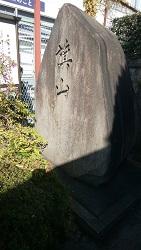
There was a monument written in large letters "Hagiyama".
This place was originally the lower house of Sadanobu Matsudaira.
In the Meiji era, the Ministry of Naval was placed here.
The garden "Yuonen" (frequently!) In artificial hill
The name of "Hagiyama" is derived from the establishment of the "Navy Sir Flag".
・・・ Obviously, it's not near the "North Entrance of Cancer Center".![]()
B. The ruins of the warship training center
There are no monuments left here.
There is a signboard of the Chuo-ku Board of Education.
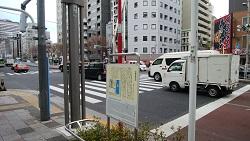
In 1857, the Shogunate aimed at flagship books and family members in the Kobusho in Tsukiji.
Founded the Warship Professor's Office.
Later, it was renamed "Warship Training Center".
It's also known that Kaishu Katsu was the president.
Here's the place.
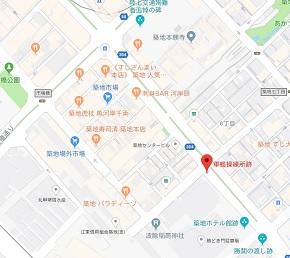
It is a sidewalk along Harumi-dori St., just off the intersection of Tsukiji 6-chome.
That's why this seems to be different.![]()
By the way ... "The" warship training center "is in the middle of such land? ?』 So
Some of you may think about it.
Around the end of the Tokugawa period, reclaiming the Tsukishima and Kachidoki areas, which are opposite banks across Kachidokibashi, has not begun.
The sea was spreading in front of Tsukiji's eyes.![]()
So there was no wonder to "manipulate" a "warship".
C. Monument of Naval Accounting School
B. From the information board of the "Warship Training Center Ruins"
Let's walk straight towards Kachidokibashi.
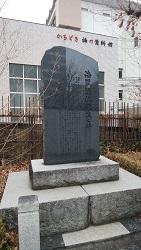
At the base of Kachidokibashi is this "Navy Accounting School Monument".
It began in 1874 when the Naval Accounting School Building was established on Shiba.
It was relocated to the former site of Yuonen in 1888.
It became the name of the Navy Accounting School in 1907 and relocated to a corner of Tsukiji in 1932.
Then, in September 1945, with the dismantling of the Navy after the war, the history of 70 years ended.
However, due to the development of human resources who are well-versed in accounting.
It seems that many people who were active even after the war have been produced.
By the way, the "Kachidokibashi Museum" is located next to it.
(Closed on Monday, Wednesday and Sunday.)
Kachidokibashi has a structure that can be opened and closed.
It was made by renovating a substations made for opening and closing.
You can see materials and models related to the bridge.
D. The site of the Naval Army Dormitory
That's why "E. is correct by erasing method!" ・It's not.
Let's go to see the "North Entrance of Cancer Center" properly.
It's just on the other side of Shin-ohashi-dori St., so it's a bit far away.
I saw it after a long time ...
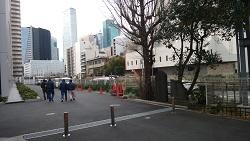
The construction was over and it was paved beautifully!
And what you are looking for is on the right side of the sidewalk.
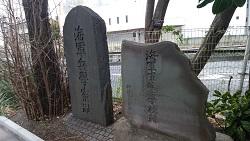
The naval dormitory toes and the naval medicine school toes are two.
It was in the planting side by side.
The name of the Navy Dormitory was born in 1870 (1870).
The predecessor is A. The "warship training center" was an option.
In 1876 (1876), it was further renamed the Naval Academy.
It was here until 1888 (1888), when it moved to Etajima, near the guardian office of Kure, Hiroshima.
In addition, the site seems to have been used as "Navy University School".
And the road that Emperor Meiji had taken to go to this naval school
It is "Miyuki-dori" that still retains its name in Ginza today.
Previously, a wonderful senior correspondent "Jimini ☆ Cricket" was a wonderful senior correspondent.
There are some articles that have been posted, so please refer to them as well.
/archive/2017/04/post-4240.html
I've read this article before.
After all, it was a problem that I had to solve. It's a great reflection.
Walking around the city of Tsukiji, which has many historical sites related to the Navy.
Of course, besides that
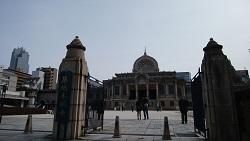
It is Tsukiji Honganji Temple
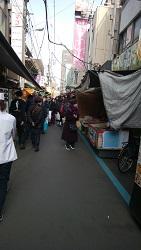
Even though it was a weekday afternoon, it was still very busy.
There are a lot of things to see.
By the way, as for information with children ...
There is a clean, spacious and easy-to-use multipurpose toilet (of course there is a diaper changing table).
The existence of "Tsukiji Fish Bank" is very helpful.
http://www.city.chuo.lg.jp/kusei/kobetsukeikaku/tukiji/uogashi.html
Even small children can go out with peace of mind.
Please come and visit us.
